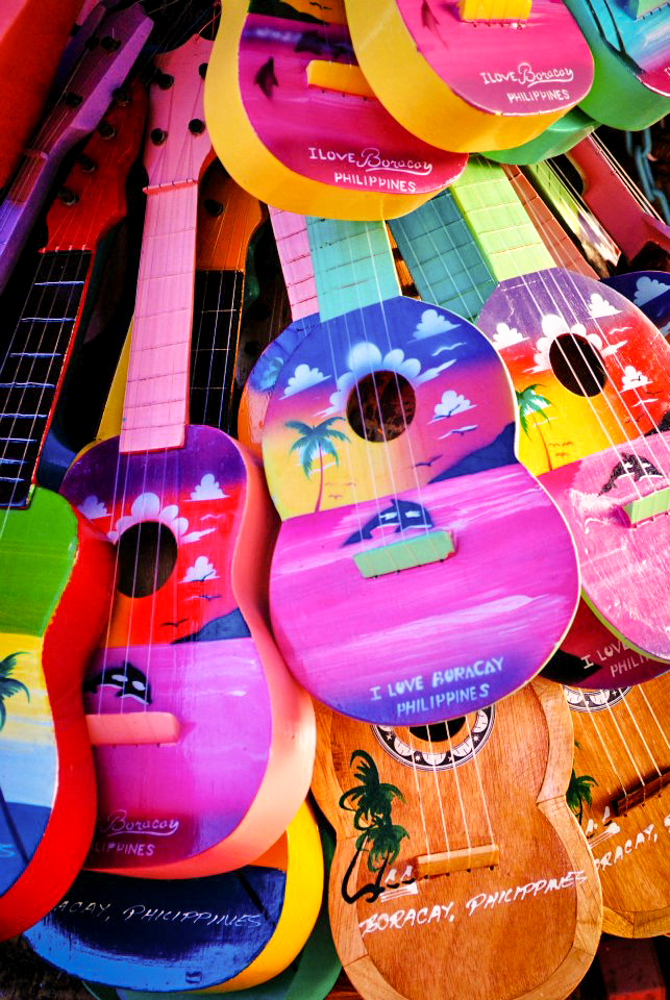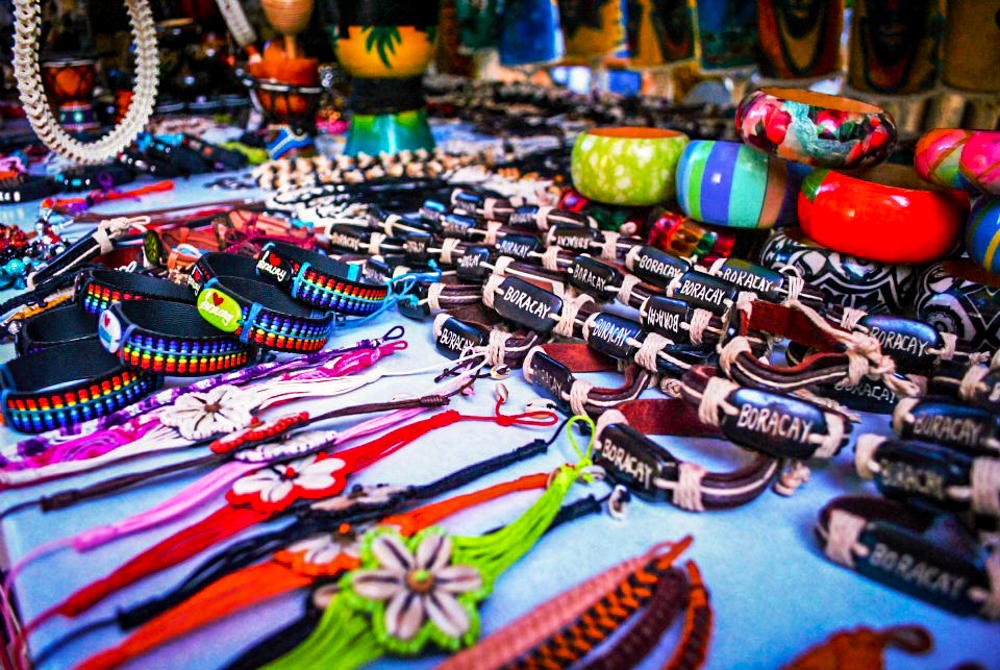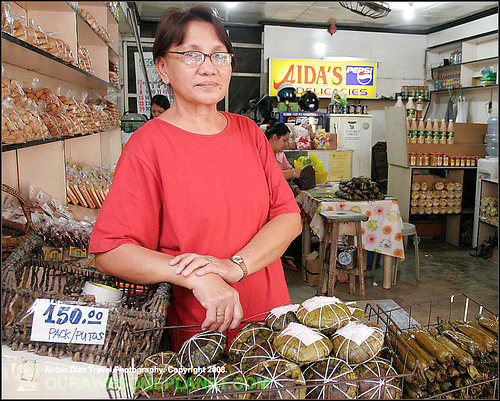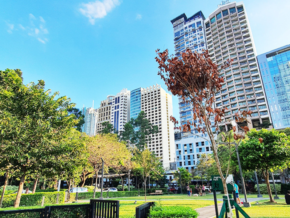Pasalubong, please!: A Brief Introduction on the Filipino Culture of Pasalubong
Once or twice, before going on a trip, you have already probably heard your colleagues or friends ask for a pasalubong. You have also probably observed by now that they, your Filipino friends and colleagues, bring pasalubong every time they come back from a trip. Filipino children will usually tell their parents to bring them pasalubong after work. Actually, parents usually set a budget on a trip for the sole purpose of buying pasalubong.
So, what is this pasalubong you keep hearing about?
–

–
Google will come up of websites translating it as souvenir or presents. But is pasalubong just mere presents we give to the people close to us? Yes and no. Yes, these are the presents you give to people close to you when you go away. But these are not just mere presents you give on a whim. These are presents that carry important messages behind them.
When giving a pasalubong, the distance or the period of how long you were gone does not matter – what matters is you bring home something that was part of your trip and share them to the people you temporarily left. You share the memories and the emotions you felt during your trip through a little (or sometimes big) bundle of trinkets or food. The personalized keychains of souvenir shops, the packs of sweets and snacks unique to that province, the “I heart <insert name of place here>” shirts – all of these means the same thing: “I have thought of you during my time away”.
–

Trinkets you can buy as pasalubong: lamps, necklaces, figurines, etc.
–
If you have gone to Boracay or Baguio, you must have noticed the long stretch of souvenir shops offering keychains, dreamcatchers, pens inscribed with names, and the like. These are the common pasalubong Filipinos buy when they travel far away. Filipinos give this to their friends or colleagues at work, showing their appreciation to the person with something that is personalized.
–

The array of food choices you can buy as pasalubong. (Photo from Flickr)
–
Another common kind is food. Besides the trinket shops you come across tourist destinations, you will also see stores offering native snacks, usually unique or famous on that location. It might be the piaya of Negros, the dried mangoes of Cebu or the buko pie of Laguna. Filipinos opt for this kind of pasalubong as it can be shared with bigger groups and cost less than personalized trinkets. It is also the best way to share the experience as you bring the taste of the destination back home!
Pasalubong is a great part of the Filipino culture. It smoothens social interactions and solidifies relationships. It reminds people of their importance and shows your appreciation of them by remembering them even if you are away. So if you on your way to your next trip, do not forget to include pasalubong in your budget!
Article by Rizza Singun













